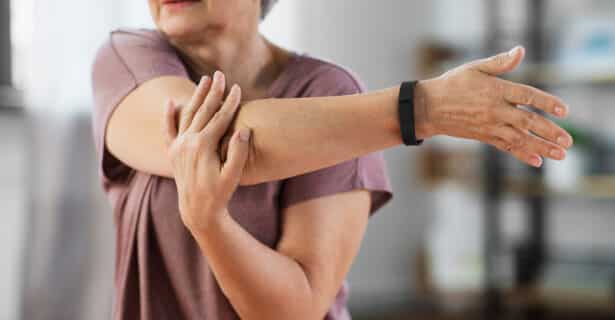
Prevent Injuries
Prevent Muscle and Joint Injuries
Allow your body to rest and heal from any injury. Start your exercise program slowly:
- if you have any muscle or joint injuries
- if you have old muscle or joint injuries
- to prevent feeling tired
Your exercise program should not cause any increased pain or discomfort. Stop your exercise if you have any pain or discomfort. When you restart, try to exercise at a lower intensity or use lighter weights. Lower intensity exercise may lower your pain and discomfort.
Talk to your physiotherapist or exercise team for help.
Feeling Aches and Pains from Your Exercise Routine
Once you exercise regularly, you may have some aches and pains. These aches and pains are from pushing yourself too hard. Pushing yourself too hard can cause injuries.
To avoid injuries, be sure to:
- do dynamic stretches before aerobic exercise and resistance training
- complete a warm up
- exercise at the right intensity level, as prescribed by your exercise team
- complete a cool down
- do static stretches after aerobic exercise and resistance training
- take rest days
If you start to feel any aches in your feet, knees, hips or lower back, take action.
- Try a new pair of running shoes. Your old pair of shoes might be worn out. Worn out shoes no longer have the amount of cushioning and support you need.
- Walk at a slower pace. Take shorter steps while walking and see if this lowers your discomfort. Talk to your doctor or a physiotherapist if the discomfort persists.
Feeling Sore and Stiff from Your Exercise Routine
After exercise, it is normal to be sore and stiff. This feeling happens with new exercises or increased intensity levels. Soreness and stiffness should go away on its own. If you feel this way for more than a week, see your family doctor.
Tip: Do a cool-down and stretch to reduce the amount of soreness and stiffness you feel.